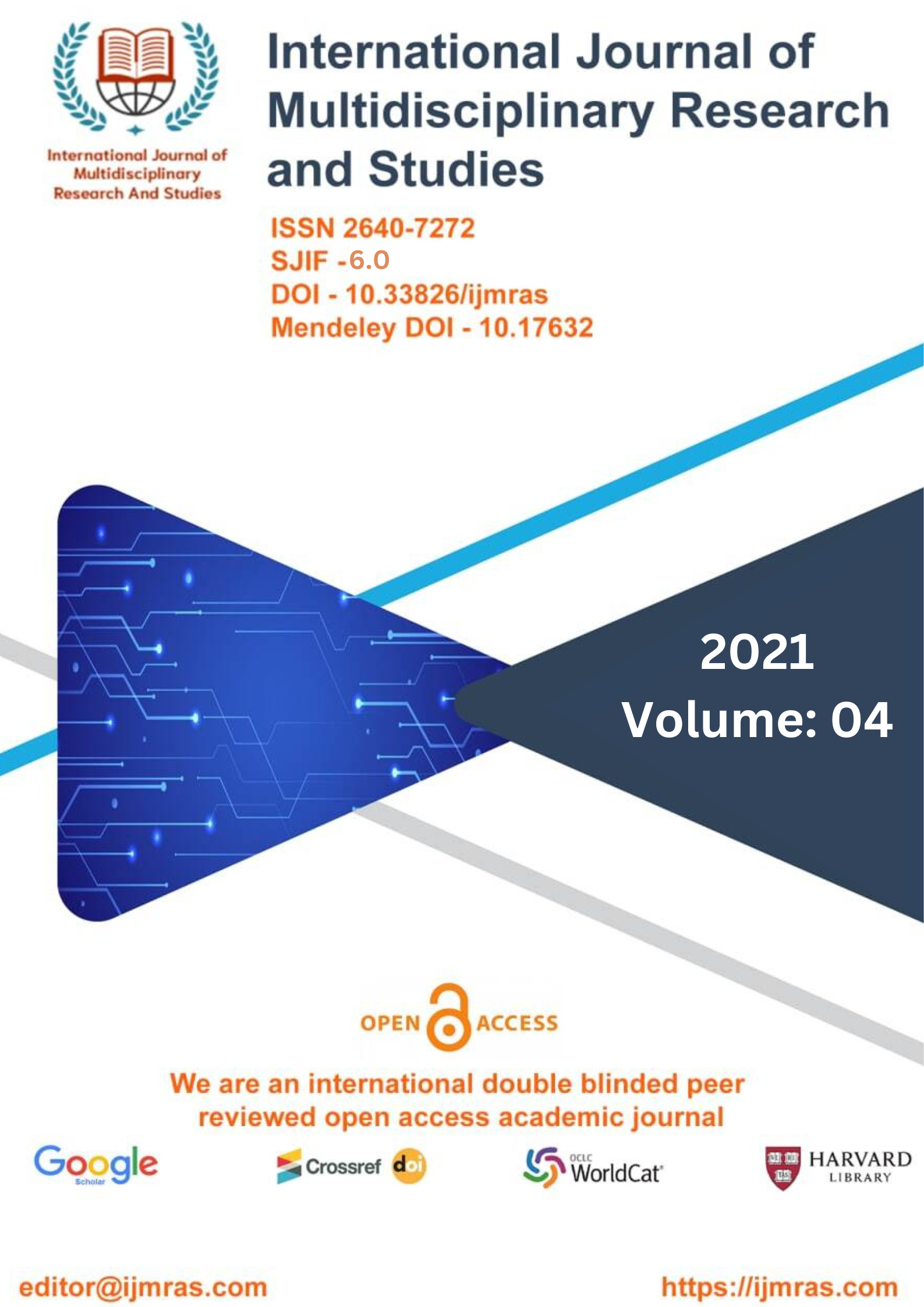ROLE OF WOMEN IN AGRICULTURE IN NORTH INDIAN VILLAGES

Abstract
Agriculture, which is the primary activity of the poor in many countries, has been identified as a key driver of economic expansion and poverty reduction by the community of people working in international development. 3 The agricultural and rural economies of all emerging nations are significantly bolstered by the contributions that women make. Their functions are very variable both across and within areas, and they are undergoing fast evolution in many parts of the world where economic and social pressures are causing the agricultural industry to undergo fundamental change. Women in rural areas frequently take on the responsibility of managing complicated homes and pursuing several sources of income. Producing agricultural crops, tending to animals, processing and preparing food, working for wages in agricultural or other rural enterprises, collecting fuel and water, engaging in trade and marketing, caring for family members and maintaining their homes are typical examples of the activities that they engage in. In national accounts, many of these activities do not meet the criteria for being considered "economically active employment," despite the fact that they are critical to the prosperity of rural households. This study makes a contribution to the ongoing discussion on gender issues in agriculture by evaluating the empirical data in three areas that have garnered a lot of interest in the existing research:
Keywords
agricultural, economiesHow to Cite
References
Agarwal, Bina (1981), “Rural Women and High Yielding Variety Rice Technology”, Economic and Political Weekly, Review of Agriculture, March.
Agarwal, Bina (1985), “Work Participation of Rural Women in Third World – Some Data and Conceptual Biases”, Economic and Political Weekly, Review of Agriculture, December 21-28.
Agarwal, Bina (1985) Rapporteur’s Report on “Impact of Rural Development on Economic Status of Women”, Indian Journal of Agricultural Economics, Vol.XL, No.3, JulySeptember
Amar, S. Guleria and Brij Agnihotri (1985), “Contribution of Female Workers in the Farm Sector”, Indian Journal of Agricultural Economics, Vol.XL, No.3, July-September. Aronoff, S. and Gano, W.P. (1975), “A Re-examination of the Cross Cultural Principal of Task Segregation and Sex Role Differentiation in the Family”, American Society Review, Vol. 40(1), 13.
Arora, D. (1985), “Women and Environment”, Economic and Political Weekly, Vol.30 (20).
Arputhamuthy, S. (1990), Women work and Discrimination, Ashish Publishing House, New Delhi.
Bhartiya (1985), “Extent of Participation of Women in Agriculture and Allied Enterprises”, Indian Journal of Agricultural Economics, Vol.XL, No.3, July-September. Balaraman, S.N. (1985), “Sex Discrimination in Farm Wage in Tamil Nadu”, Indian Journal of Agricultural Economics, Vol.XL, No.3, July-September.
Dash, Kumar Hemanta (2008) “Farm Women at The Cross Roads: concerns and Opportunities” Journal of Rural Development, Vol. 27, No. (2) April-June 2008, NIRD, Hyderabad.
Kabir et.al. (1976), “Rural Women in Bangladesh Exploding Some Myth”, Ford Foundation Report, Vol.42, pp.17-23.
Kaur, Rupinder (2008) “Gender and Social Analysis of Dairy Farming: a Case Study of Punjab” Journal of Rural Development, Vol. 27, No. (1) January-March 2008, NIRD, Hyderabad.
Kishore, Sunita and Kamla Gupta (2004), “Women’s Employment in India and Its States – Evidence from the NFHS”, Economic and Political Weekly, February 14.
Maria, Mies, Lalita K. and Krishna Kumari (1986), Indian Women in Subsistence and Agricultural Labour, ILO, Geneva.
Mirian, Sharma and Urmila Vanjani (1989), “Women’s Work is Never Done – Dairy Development and Health in the Lives of Rural Women in Rajasthan”, Economic and Political Weekly, April 29.
Muller, Ruth Dixon (1985), Women’s Work in Third World Agriculture, ILO, Geneva. Munjal, Shashi, R.K. Punia and Veena Sangwan (1985), “Women’s Contribution in Farm Household in Haryana”, Indian Journal of Agricultural Economics, Vol.XL, No.3, July-September.
Narmatha N., V. Uma, L. Arun and R. Geetha (2009) “Level of Participation of Women in Livestock Farming Activities,” Tamilnadu J. Veterinary & Animal Sciences 5 (1) 4-8, January – February.
Naidu, Prakash (1985), “Impact of Rural Development Programme on Economic Status of Women: A Case Study”, Indian Journal of Agricultural Economics, Vol.XL, No.3, JulySeptember.
Panghal, B.S. and Mange Ram (1985), “Employment Pattern of Women Labour in Haryana Agriculture”, Indian Journal of Agricultural Economics, Vol.XL, No.3, July-September.
Pant, Kalpana (1985), “Changing Pattern of Female Participation: An Economic Analysis with Special Reference to Madhya Pradesh”, Indian Journal of Agricultural Economics, Vol.XL, No.3, July-September.
License
Copyright (c) 2021 Alok Kumar

This work is licensed under a Creative Commons Attribution 4.0 International License.
Individual articles are published Open Access under the Creative Commons Licence: CC-BY 4.0.



